Are you looking to tackle that long-neglected patch of overgrown grass in your yard this weekend? Before you start mowing, consider taking a few extra minutes with a lawn leveling rake.
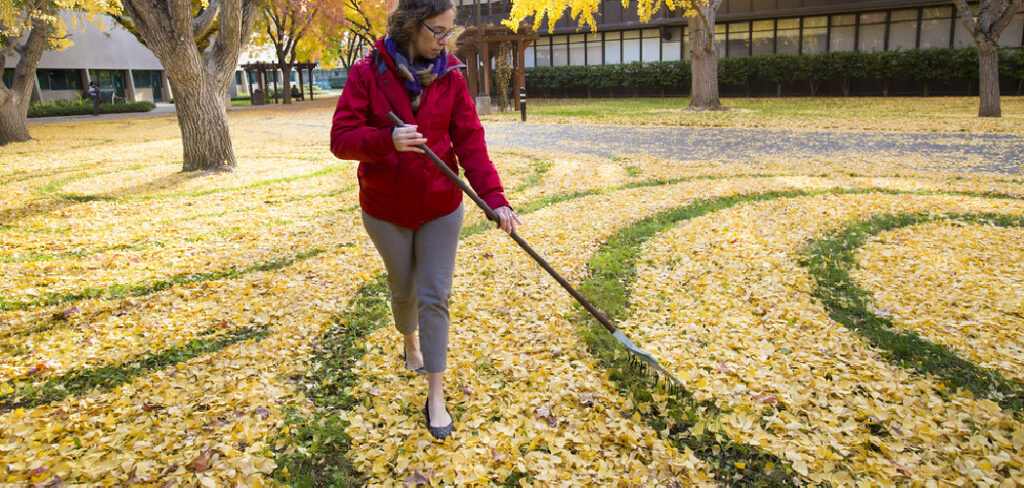
This simple tool can be used to easily and quickly clear the surface and smooth out any bumps or ridges before tackling weeds, reseeding grass, installing the sod – and even just getting ready for regular mowing. Follow these easy steps to learn how to use a lawn leveling rake like an expert!
Is a Lawn Leveling Rake Necessary?
If you’re looking to achieve a perfectly even lawn, then the answer is yes. A lawn leveling rake will help to take the guesswork out of getting a uniform finish and make sure that no areas are too low or high in comparison with their surroundings. Not only will this give your lawn an attractive appearance, but it can also help to prevent drainage problems and make mowing easier.
However, if you have a relatively small lawn with only minor bumps and dips, then the use of a lawn leveling rake may not be necessary. In these cases, spot-fixing any problem areas with topsoil can be just as effective, and this tends to be quicker than raking the entire surface to ensure uniformity throughout.
When using a lawn leveling rake, it is important to work slowly and evenly over the area being leveled – this will help to create an even surface without any noticeable high or low points. Additionally, when combining soil with the existing grass, it is important to be careful not to damage the existing turf.
By following these few simple steps, you’ll have no problem achieving an even lawn surface that is pleasing to look at and safe for everyone using it. A good quality rake might seem like an unnecessary expense initially, but it will pay dividends in terms of the results you can achieve with your project. So when looking for ways to level your lawn, don’t discount the use of a lawn leveling rake – it could make all the difference!
10 Methods on How to Use a Lawn Leveling Rake
1. To Remove Debris
One of the primary uses for a lawn leveling rake is to remove debris from your lawn. Debris can include leaves, twigs, and other organic matter that can build up over time. A lawn leveling rake can help to remove this debris, leaving your lawn looking clean and tidy. If you have a lot of debris, it might be wise to use a leaf blower or vacuum cleaner first to reduce the amount of time spent raking.
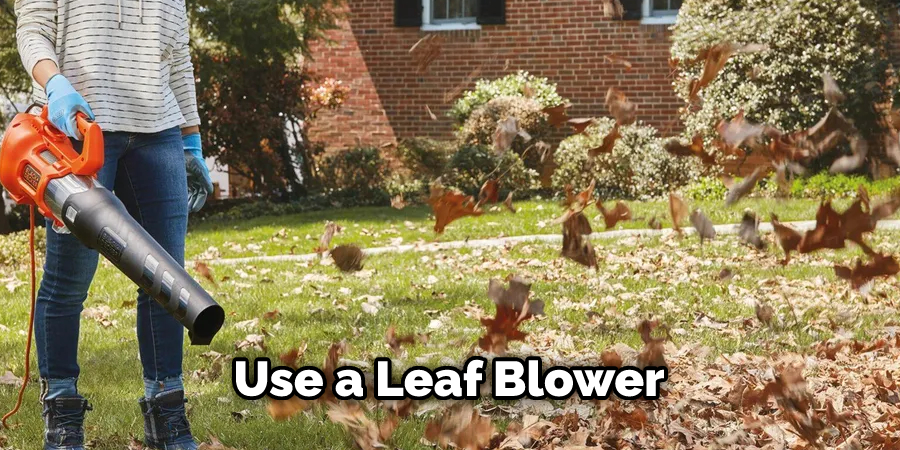
2. To Level Out Bumps
Another use for a lawn leveling rake is to level out any bumps in your lawn. Bumps can occur for a variety of reasons, such as roots growing underneath the surface or animals digging holes. To use the lawn leveling rake for this purpose, first, locate the bump. Insert the lawn leveling rake into the bump at a 45-degree angle and push the blade down into the ground.
Pull the rake back towards you, making sure to pull up any excess dirt. Move around in a circular motion, continuing to pull excess dirt from the bump until it is completely level with the rest of your lawn. Repeat this process around the entire bump until it is completely level.
3. To Break Up Compacted Soil
If your lawn has compacted soil, a lawn leveling rake can be used to break up the compacted soil and improve drainage. Compacted soil can cause problems such as water pooling on the surface and grass dying due to a lack of oxygen.
Breaking up compacted soil will improve the health of your lawn and make it more resilient to drought conditions. To break up compacted soil, start by using the lawn leveling rake to loosen it up.
4. To Remove Thatch
Thatch is a layer of dead organic matter that can build up on the surface of your lawn over time. If thatch becomes too thick, it can prevent water and nutrients from reaching the roots of your grass, leading to brown patches and bare spots. To remove thatch, use a lawn leveling rake in combination with a dethatching rake.
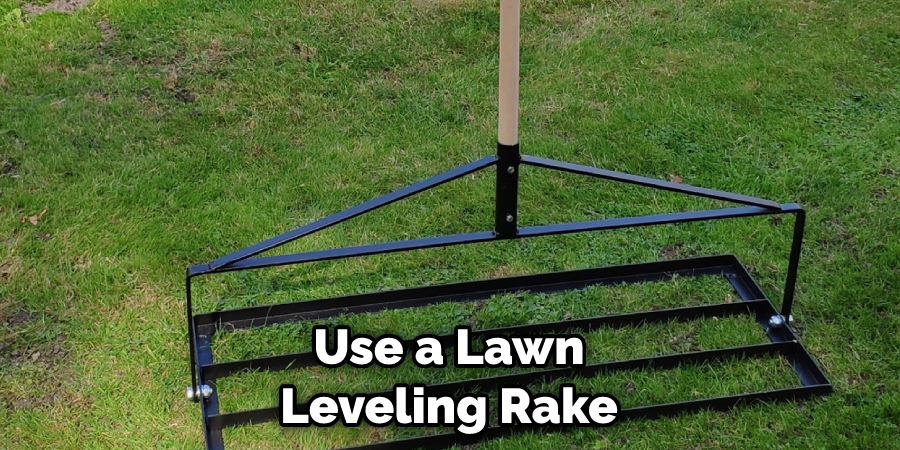
Move the dethatching rake across your lawn in diagonal lines, avoiding any areas where you have planted grass seed. This will remove the thatch and allow seeds to reach their full potential. The lawn leveling rake can then be used to evenly spread the soil, making sure that the surface of your lawn is even and level.
5. To Spread Fertilizer Evenly
If you want to fertilize your lawn, a lawn leveling rake can be used to spread the fertilizer evenly over the surface of the ground. This will ensure that all areas of your lawn receive an adequate amount of fertilizer, resulting in a healthier overall Lawnscape design.
To use the rake for this purpose, simply sprinkle the fertilizer over your lawn and then lightly drag the rake through it. This will help to evenly distribute the fertilizer over the entire area, making it easier for plants to absorb the nutrients. Be sure not to drag too hard and damage your lawn in the process.
6. To Prepare Seedbeds
If you are planning on planting new grass seed, a lawn leveling rake can be used to prepare the seedbeds. This involves raking the area where you plan on planting the seed and removing any debris or rocks that could prevent the seed from germinating properly. Preparing seedbeds with a lawn leveling rake will give you the best chance for success when planting new grass seed.
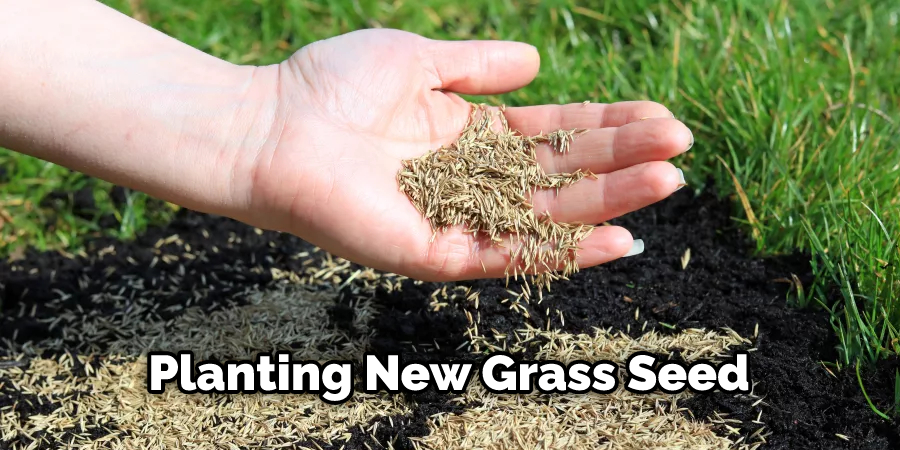
7. To Reseed Bare Spots
Bare spots in your lawn can occur for a variety of reasons, such as excessive foot traffic or pet urine burn spots. If you have bare spots in your lawn, a lawn leveling rake can be used to spread new grass seed over these areas. This will help to fill in the bare spots and give your lawn a fuller, healthier appearance.
To reseed bare spots, start by filling a broadcast spreader with fresh grass seed. You may need to adjust the settings on your spreader depending on the type of seed you are using. Once it is properly adjusted, spread the seed over the bare spots in your lawn.
8. To Level Low Areas
Suppose you have areas of your lawn that are lower than the surrounding area; a lawn leveling rake can be used to level out these low spots. This will help reduce the chance of water pooling in these areas and also allow for better airflow throughout your entire lawn.
9. To Create Design Elements
Aside from being used for practical purposes, a lawn leveling rake can also be used to create design elements in your Lawnscape, such as furrows or mounds that add texture and depth to the overall design.
Depending on how creative you want to get, this can easily be accomplished by using a lawn leveling rake. Start by raking in one direction, and then rake in the opposite direction to create a furrow. If you want to create mounds, just rake some of the soil up toward your desired point.
10. To Remove Weeds & Unwanted Grass
Finally, a lawn leveling rake can be used to remove any weeds or unwanted grass from your lawn. This will help to keep your lawn looking healthy and prevent the spread of these pests throughout the rest of your yard. By removing these plants with a lawn leveling rake, you can easily maintain a healthy landscape without having to resort to harmful chemical solutions.
With all its uses for practicality and creativity, it’s no wonder why so many people turn to their lawn leveling rakes for landscaping needs! Whether you’re looking for an easy way to level out bumps in your Lawnscape or use design elements to add texture and depth, there are plenty of ways that a simple tool like the lawn leveling rake can make a big difference in how your yard looks!
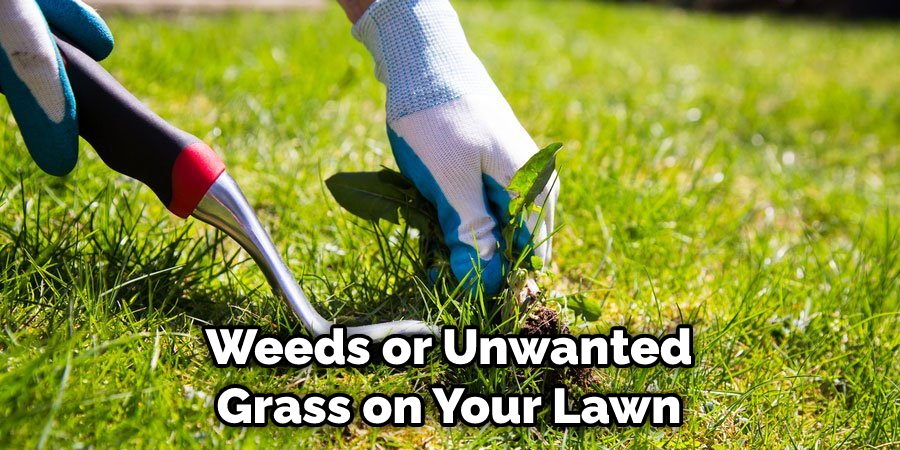
Conclusion
If you take your time, it’s possible to get your lawn looking its best without calling on professional services. Before you know it, you will have an aesthetically pleasing outdoor space with minimal effort and expense.
Don’t wait any longer – try using a lawn leveling rake today, and amaze yourself with the results! And if you want to learn more about how to use a lawn leveling rake effectively and efficiently, be sure to check out our website for more information and tips – we are always here to help!

